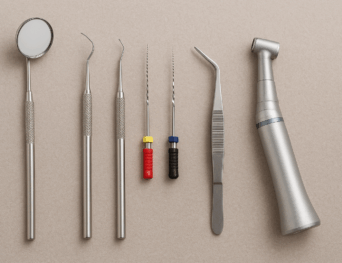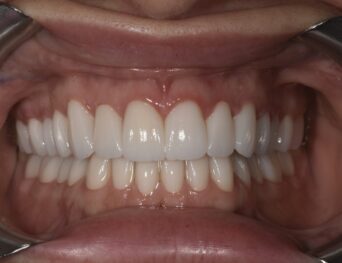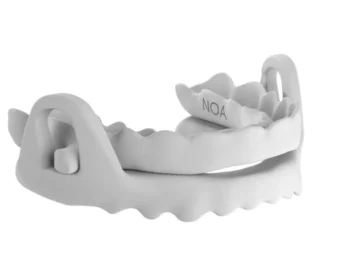Imperfect Amelogenesis: Diagnosis and early treatment
Imperfect Amelogenesis: What is it and how is it treated?
Under the term Imperfect Amelogenesis, a group of clinically heterogeneous genetic diseases are grouped but characterized by alterations in the enamel. Some cases are part of syndromes and often cause malocclusions such as open bite syndrome. In general, it is an autonomic, dominant or recessive disorder that causes tooth enamel not to form correctly, which makes it fragile and dyschromic.
Dental Enamel is the outermost layer of the dental crown of all teeth of the mouth, both deciduous and adult dentition. Patients with Amelogenesis Imperfecta have yellowish or brown colored teeth, but in addition to the color alteration, the enamel is thin and fragile, which causes it to be destroyed when it comes into operation and this causes pain and severe coronary destruction.
Classification of Amelogenesis Imperfecta:
Hypoplastic forms, with deficiencies in the thickness of the enamel, which will be more or less fine and with holes and irregularities.
Hypomadurative forms, in which white and opaque spots are observed.
Imperfect Amelogenesis with hypocalcification or hypomineralization in which the enamel is soft, rough and with alterations of color. The teeth wear out quickly and are destroyed.
In Imperfect Amelogenesis, early diagnosis is essential since in severe cases, the survival of these teeth will depend on that. In addition, the physical and psychological health of these children improves markedly with adequate treatment. Go to Davalos and Balboa and ask us.
-
Me ha gustado mucho
Me han tratado muy bien en la clínica dental Dávalos & Balboa.
Manuel Martinez










